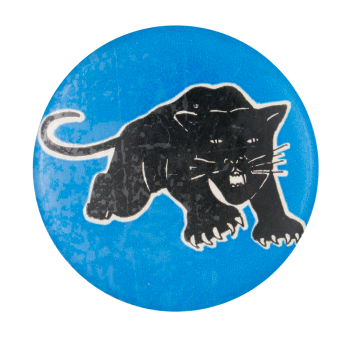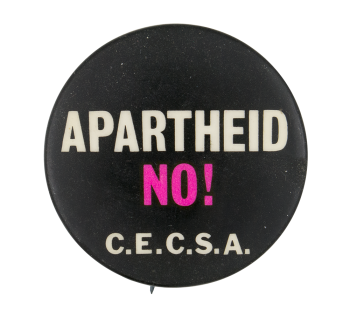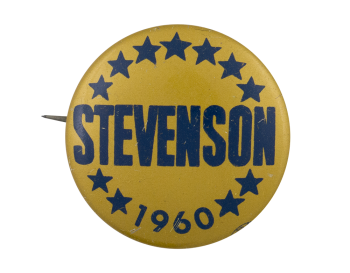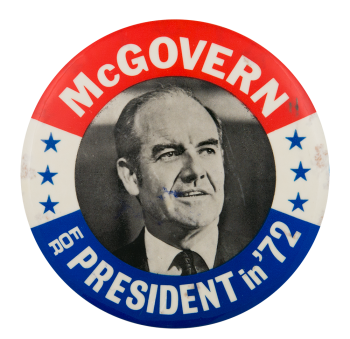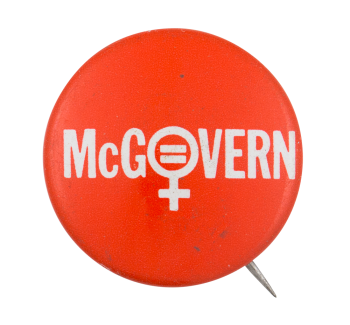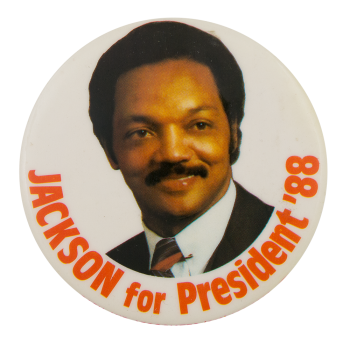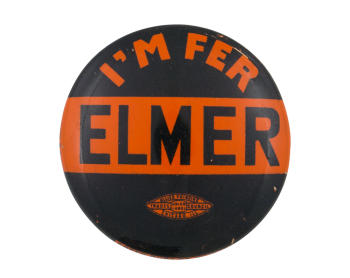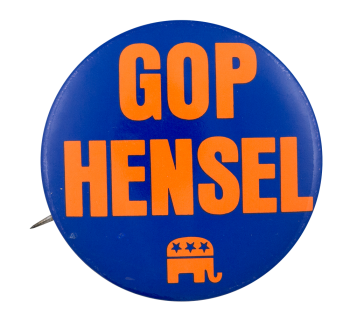Black Panther
| Category | |
|---|---|
| Additional Images | |
| Sub Categories | |
| Image Description | Blue button with black panther in the center. |
| Curl Text | Star Engraving Co. 177 Minna (illegible) |
| Back Style | |
| The Shape | |
| The Size | |
| Year / Decade Made | |
| Additional Information | In 1966 Huey Newton and Bobby Seale formed a Black Power, Socialist organization in Oakland, California. They called their group the Black Panther Party and their symbol was a pouncing black panther. Members organized armed patrols to monitor the police and cut down on police brutality. They also established and ran free breakfast programs for school children. This button was not actually used by the Black Panthers, although the panther looks like the panther on many of their buttons. It was made for the movie Born on the 4th of July (1989) to be worn by actors in a protest scene. Born on the 4th of July is based on the autobiography of Vietnam veteran Ron Kovak who was paralyzed in the Vietnam War and, after returning home, became an antiwar activist. |
| Catalog ID | CA0467 |

